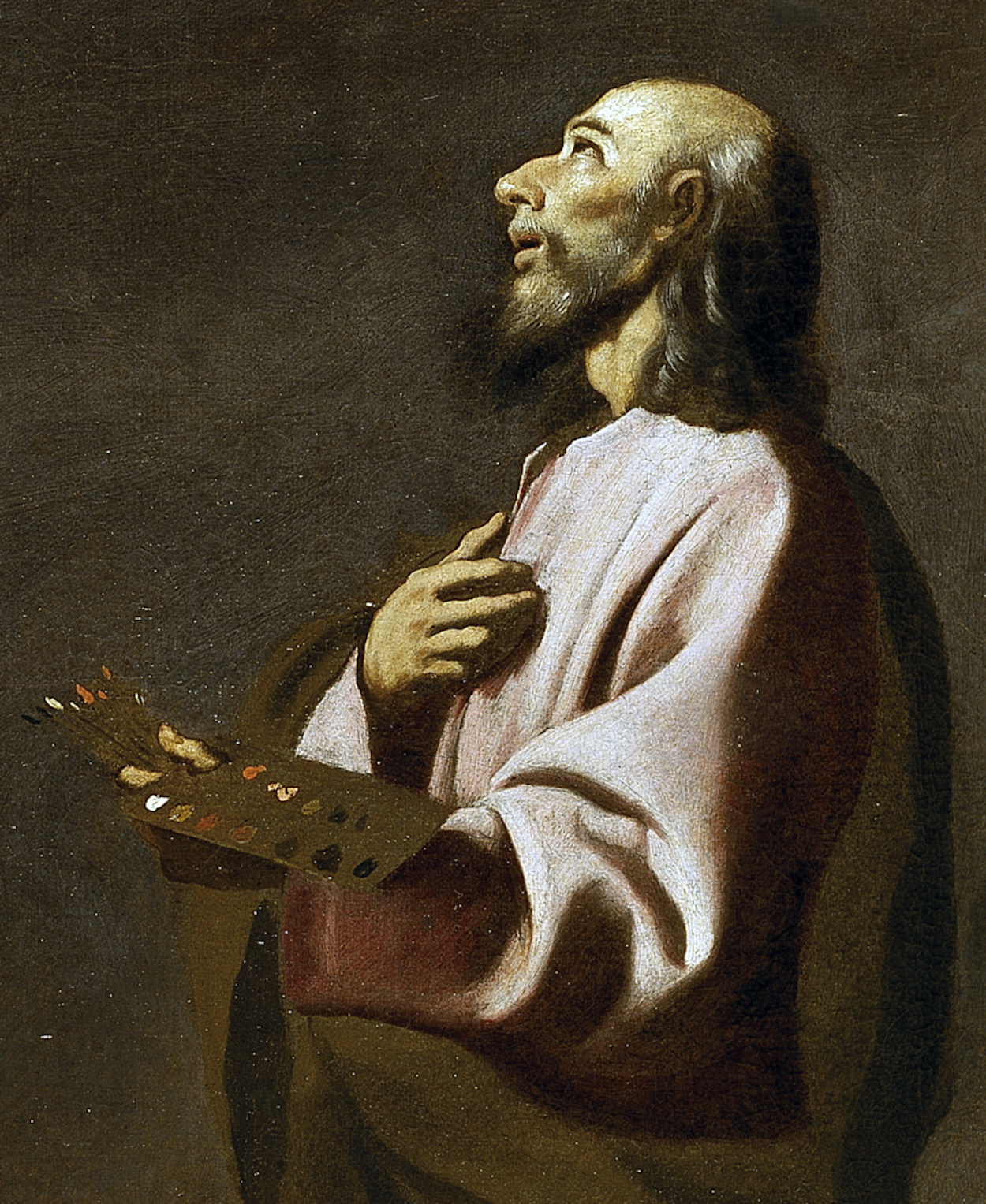Unlike the Archangels in Italian and Flemish paintings, Zurbarán’s are characterized by formal simplicity, visual power, and hieratic solemnity. In addition, they are presented in ingenious compositions that are at once conventional and primitive. Here the Archangel stands out as a lone figure against a neutral background. Zurbarán depicts Saint Michael as a sign-bearer rather than as a warrior angel heading ranks of legions. This conception corresponds to the artist’s particular aesthetic ideal which rejected the Baroque notion of Michael as the exterminating angel, as depicted in works by Rubens, Guido Reni, and Valdés Leal.
The Archangel is depicted in three-quarters profile with his wings outstretched. This is a finely painted canvas that makes use of a precise handling and pure colors. It lacks the grace of autograph masterpieces by Zurbarán but it is a worthy example of his conceptual principles and formal sobriety. The painting still retains a use of pronounced chiaroscuro while the brick red, greens, and ochres and the chromatic precision of the ample drapery are all good examples of this artist’s most characteristic style.
Who's your favorite Spanish painter? Read about other Spanish masterpieces here.


 Francisco de Zurbarán
Francisco de Zurbarán